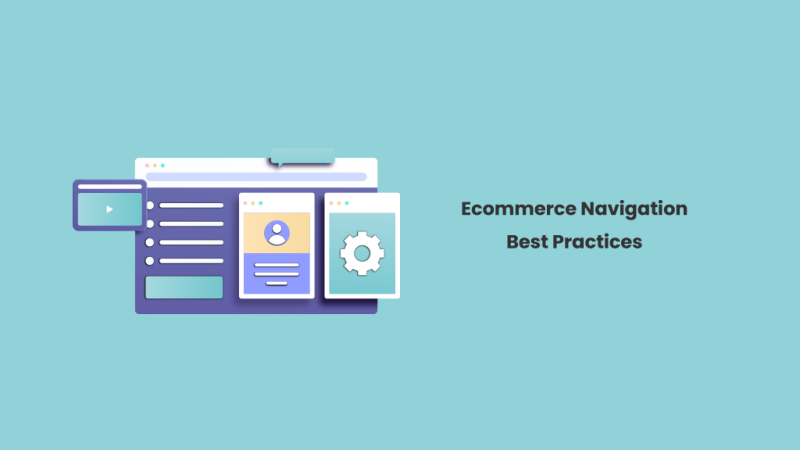In the dynamic realm of online business, the design of an e-commerce website plays a pivotal role in determining success. With the ever-growing competition in the digital marketplace, understanding the unique challenges and embracing best practices in web design becomes imperative for businesses looking to thrive. In this article, we will delve into the distinctive challenges faced by e-commerce websites and explore the best practices that can lead to the development of effective and user-friendly platforms.
1. Responsive Design: Catering to Diverse Devices
The first challenge that e-commerce websites encounter is the diversity of devices used by consumers. From smartphones and tablets to laptops and desktops, users access online stores through various platforms. Implementing a responsive design is crucial to ensure a seamless and user-friendly experience across all devices. A mobile-friendly layout not only enhances user satisfaction but also contributes to improved search engine rankings.
Best Practice: Prioritize responsive design during the development phase to create a consistent and visually appealing interface across different devices.
2. Streamlined Navigation: Enhancing User Experience
In the vast landscape of e-commerce websites, the sheer volume of products and categories can be overwhelming for users. Effective navigation is the key to retaining visitors and guiding them towards their desired products. Implementing a clear and intuitive navigation menu, along with robust search functionality, can significantly enhance user experience.
Best Practice: Conduct user testing to identify potential navigation issues and refine the website's structure for optimal user flow.
3. Visual Appeal and Product Presentation: Converting Browsers into Buyers
E-commerce websites heavily rely on visuals to attract and engage visitors. High-quality images, compelling product descriptions, and a visually appealing layout contribute to the overall aesthetic of the site. Balancing aesthetics with functionality is crucial, as an overly complex design may deter users.
Best Practice: Invest in professional product photography and ensure a clean, visually appealing design that highlights key product features.
4. Security Concerns: Building Trust with Customers
Security is a top priority for e-commerce websites. Consumers need assurance that their personal and financial information is secure when making online transactions. Implementing SSL certificates, secure payment gateways, and prominently displaying trust badges can help build trust and confidence among users.
Best Practice: Regularly update security measures to stay ahead of evolving cyber threats and reassure customers of a secure shopping environment.
5. Mobile Optimization: Capturing the Growing Mobile Market
The prevalence of mobile commerce continues to rise, making mobile optimization a critical aspect of e-commerce web design. Slow-loading pages and a cumbersome checkout process can lead to high bounce rates. Optimizing the website for mobile devices enhances user experience and boosts conversion rates.
Best Practice: Prioritize mobile optimization, including accelerated mobile pages (AMP), to ensure fast loading times and a seamless shopping experience on smartphones.
6. Seamless Checkout Process: Reducing Cart Abandonment
Cart abandonment is a common challenge faced by e-commerce websites. A lengthy or complicated checkout process often discourages users from completing their purchases. Simplifying the checkout process, offering guest checkout options, and providing multiple payment methods can help minimize cart abandonment rates.
Best Practice: Implement a one-click checkout option and streamline the purchase process to reduce friction and encourage completed transactions.
Conclusion: Striking the Balance for Success
In the world of e-commerce web design, success lies in finding the delicate balance between aesthetics and functionality. By addressing the unique challenges and embracing best practices, businesses can create user-friendly and effective online platforms that not only attract visitors but also convert them into loyal customers. Stay informed about industry trends, conduct regular usability testing, and adapt your design strategies to the ever-evolving landscape of e-commerce for sustained success.







